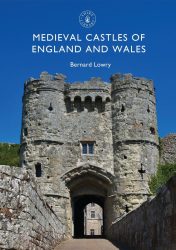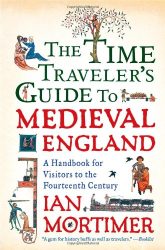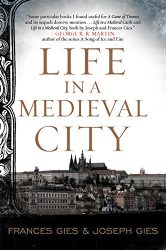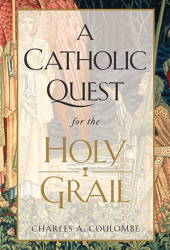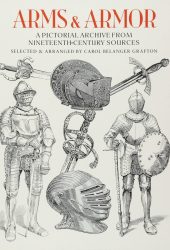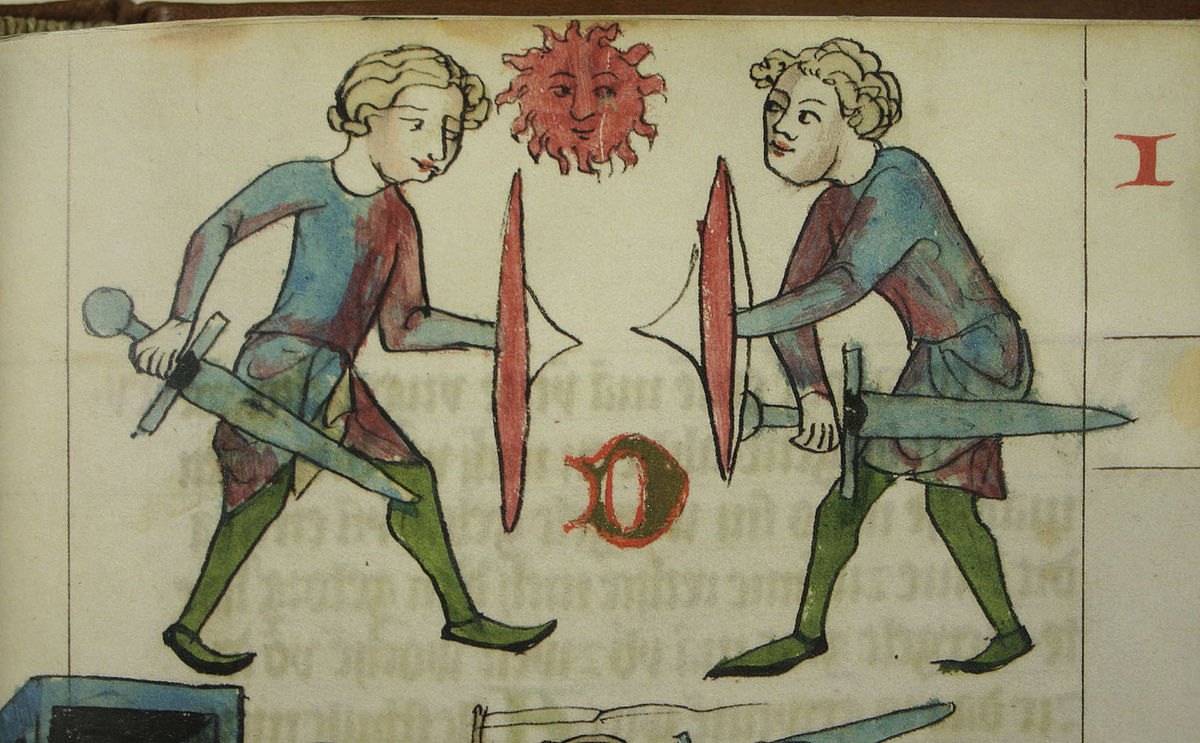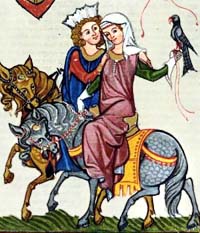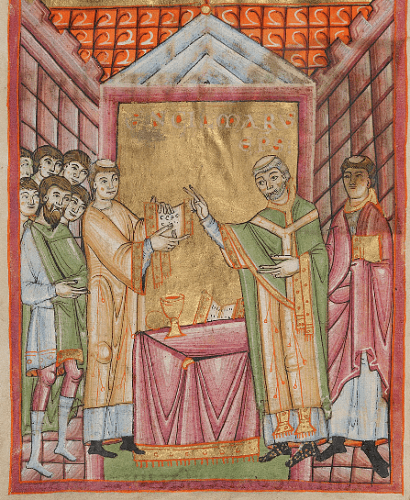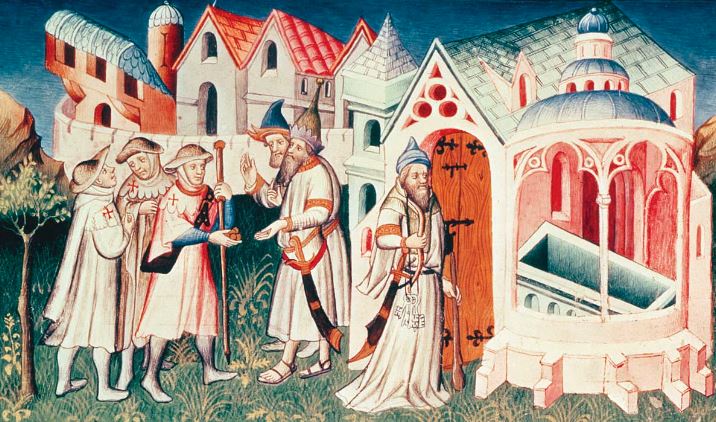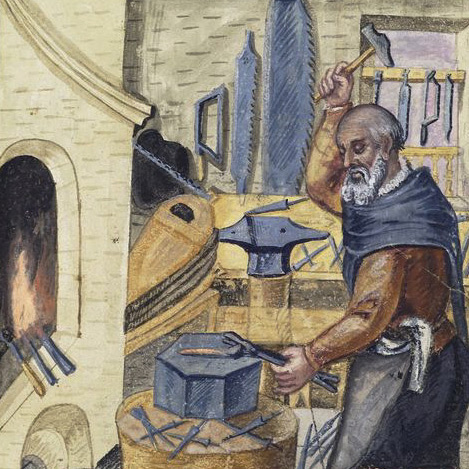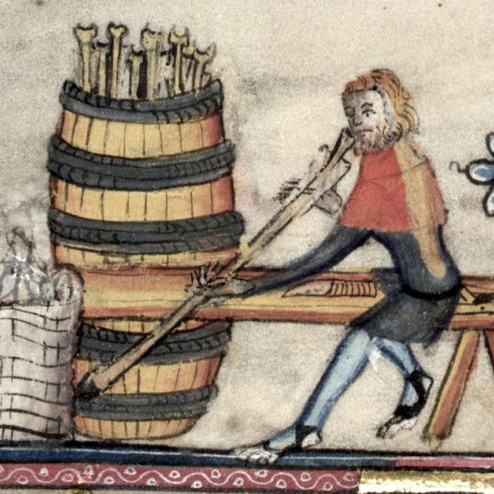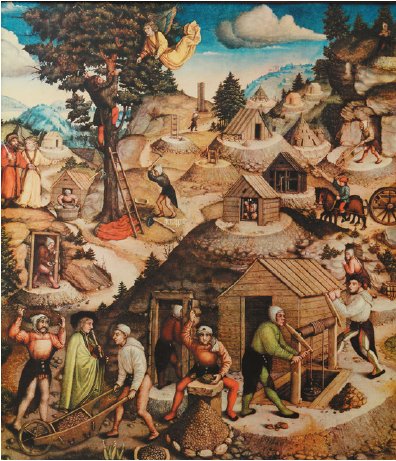Jousting was usually done as part of a tournament and featured two horse riders wielding lances with blunted tips.
Jousting replicated the military use of the lance by heavy cavalry. The participants tried to strike the opponent, breaking the lance on their shield or jousting armour if possible or unhorsing him.
The term is derived from Old French joster and Latin iuxtare, “to approach, to meet,” loaned into Middle English around 1300 when jousting was a prevalent sport among the Anglo-Norman knighthood.
History of Jousting
The origins of jousting go back to the military tactics of heavy cavalry during the High Middle Ages. During the 14th century, it was common for members of the nobility, including kings, to take up jousting to showcase their own courage, skill, and talents.
In the early period, a joust was still a martial “meeting” or duel that began with riding on one another with the lance but could continue with shorter-range weapons after the distance was closed or after one or both parties had been unhorsed.
Jousting became more regulated with the development of the courtly ideals of chivalry in the late medieval period. From the 15th century on, it became a sport without direct relevance to warfare. Squires *or knights in training) had to master the “seven points of agilities”: Riding, swimming, and diving shooting different types of weapons, climbing, participation in tournaments, wrestling, fencing, long jumping, and dancing. A romanticized “chivalric revival” was based on the high medieval period’s romances, which noblemen tried to “reenact” in real life.
The combat became non-lethal, and it was not necessary to incapacitate the opponent, who was expected to yield to the dominant fighter honorably. Knights would seek opportunities to duel opponents from the hostile camp for honor off the battlefield.
By Elizabeth I’s reign, tournaments were seen as more of a parade or show than an actual martial exercise.
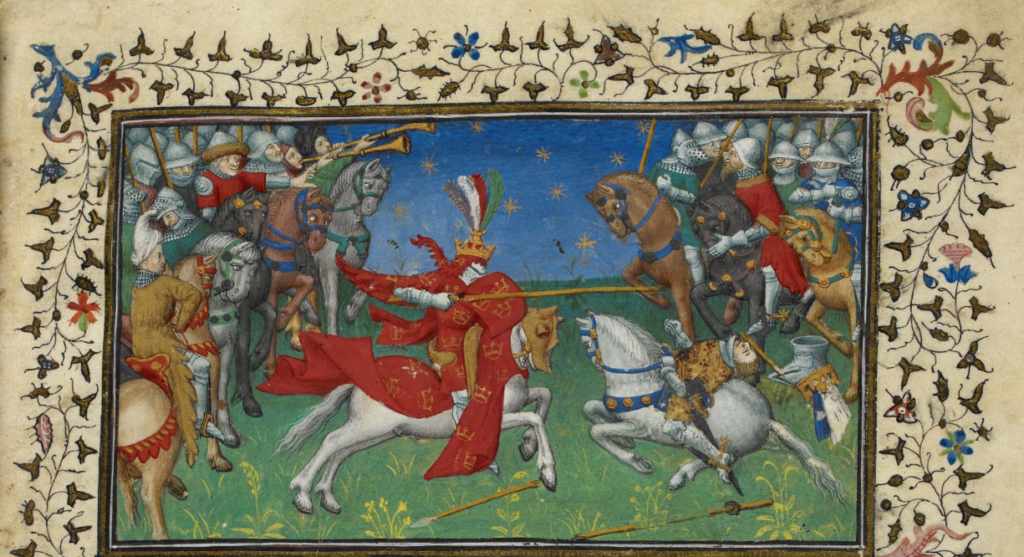
The Arena
Early jousting events were held in an arena called the lists, or list field. This was the roped-off enclosure built close to castles and palaces, which sometimes contained purpose-built tiltyards as a venue for “jousting tournaments.”
The combat was divided into rounds of three encounters with various weapons, of which the joust proper was one. In the 14th century, a knightly duel usually consisted of three jousting courses and three blows and strokes exchanged with battle-axes, swords, and daggers. The number was extended to five towards the end of the century, and later it could be as high as ten or even twelve.
Medieval jousting took place on an open field, but, at some point in the 14th century, a cloth barrier (or tilt) was introduced as an option to separate the contestants. Its purpose was to prevent collisions and keep the combatants at an optimal angle for breaking the lance. Dedicated tilt-yards with such barriers were built in England from the time of Henry VIII.
Horses
There were two common kinds of horses used for jousting:
Warmblood Chargers
Chargers were medium-weight horses bred and trained for agility and stamina.
Destriers
Destriers were heavier, similar to today’s Andalusian horse, but not as large as the modern draft horse.
During a jousting tournament, the horses were cared for by their grooms in their respective tents. Horses wore caparisons, a type of ornamental cloth featuring the owner’s heraldic signs, and had their heads protected by a chanfron, an iron shield.
Other forms of equipment on the horse included long-necked spurs. The rider could control the horse with extended legs, a saddle with a high back to provide leverage during the charge or when hit, and stirrups for the necessary leverage to deliver blows with the lance.
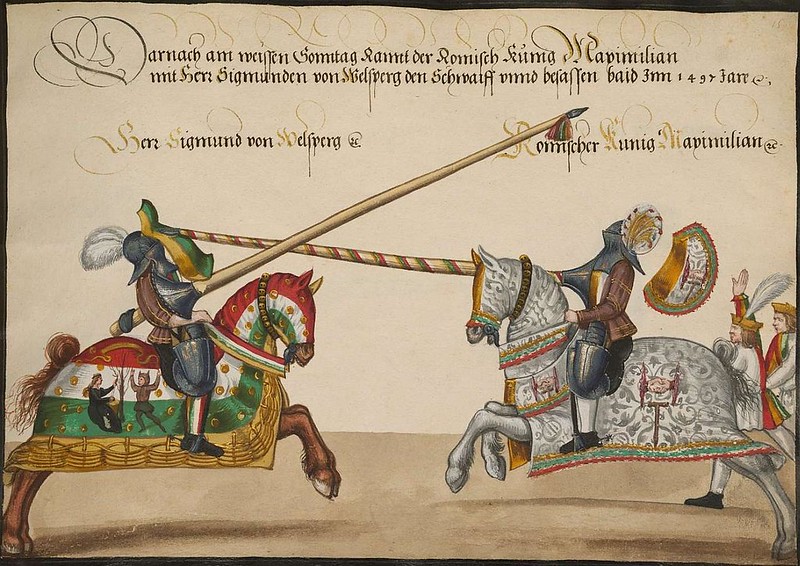
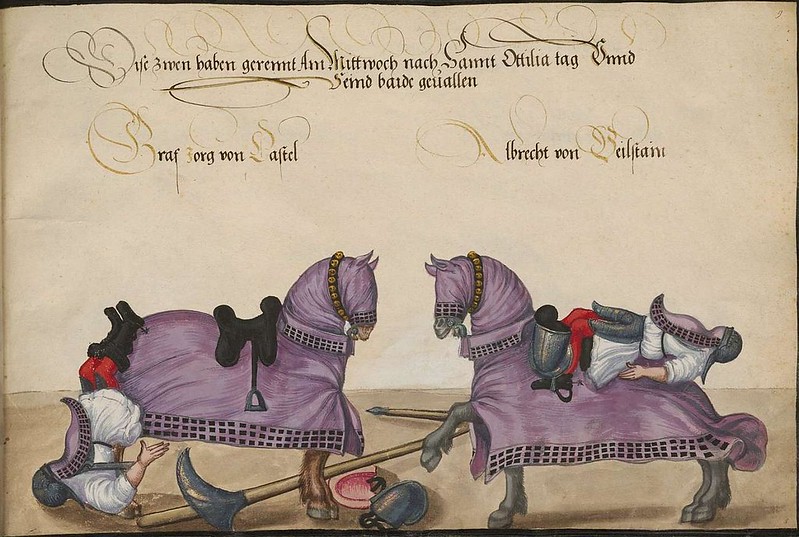
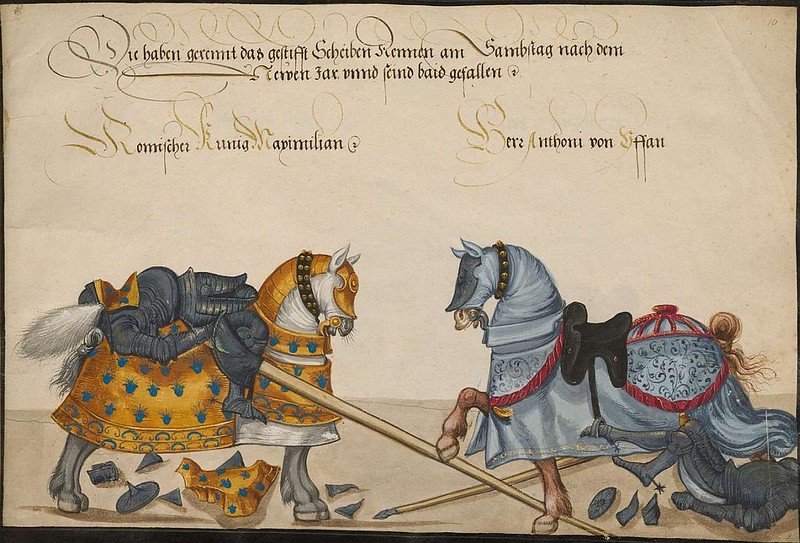
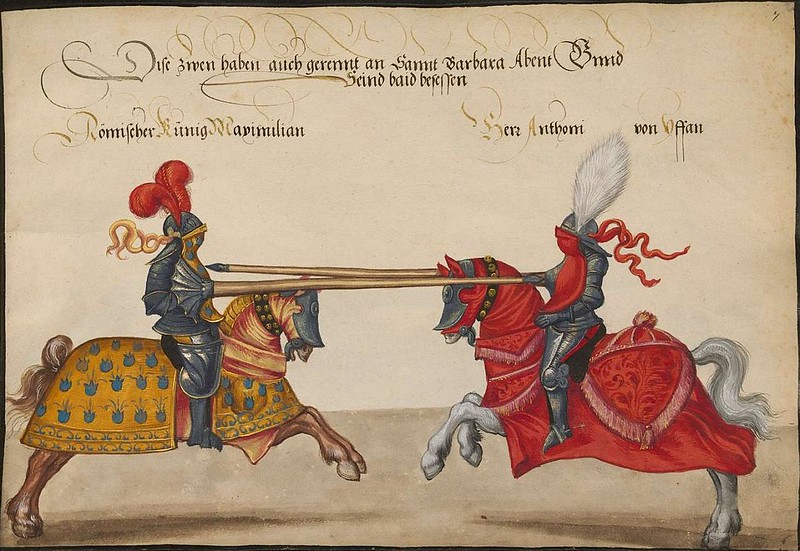
Tournament book. Knight games held by Emperor Frederick III & Emperor Maximilian I between 1489 and 1511. Images stain/spot-cleaned by BibliOdyssey.
The Chivalric Code
Chivalry developed as an early standard of professional ethics for knights. During medieval times, this grew from simple military professionalism into a social code including the values of gentility, nobility, and treating others reasonably.
Ramon Llull‘s Book of the Order of Chivalry (1275) shows that by the end of the 13th century, chivalry entailed very specific duties, such as riding warhorses, jousting, attending tournaments, holding Round Tables and hunting, as well as aspiring to the more æthereal virtues of “faith, hope, charity, justice, strength, moderation, and loyalty.”
Chivalry and religion were mutually influenced during the period of the Crusades, with clergy instituting religious vows which required knights to use their weapons chiefly for the protection of the weak and defenseless, especially women and orphans, and of churches.

